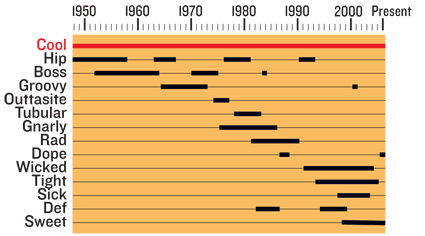
The ability to manipulate the search engine’s results or "Google bombing" is reaching new heights as the mid term elections draw near.
A number of Republican candidates have been made targets in a sophisticated “Google bombing” campaign intended to game the search engine’s ranking algorithms. By flooding the Web with references to the candidates and repeatedly cross-linking to specific articles and sites on the Web, it is possible to take advantage of Google’s formula and force those articles to the top of the list of search results. The articles that rise to the top are, of course, the ones that show the candidate in the worst possible light.
It will be harder to manipulate results for searches of the name of a candidate who has already been widely covered in the news and widely discussed in the blogosphere, because so many links and so many pages already refer to that particular name. Search results on lesser-known candidates, with a smaller body of references and links, may be easier to change. The current bombing raid on Republican candidates is being led by Chris Bowers, a contributor at MyDD.com (Direct Democracy), a liberal group blog.
The efficacy of this tactic has been demonstrated in the past. Searching for “miserable failure,” for example, produced the official Web site of President Bush. Google bombing now seems poised to become a regular smear tactic in the arsenal of the opposition.
Google's faith in its system has produced a hands-off policy when it comes to correcting for the effects of Google bombs in the past. Over all, Google says, the integrity of the search product remains intact.
Writing in the company’s blog last year, Marissa Mayer, Google’s director of consumer Web products, suggested that pranks might be “distracting to some, but they don’t affect the overall quality of our search service, whose objectivity, as always, remains the core of our mission.”
Still, some conservative blogs have condemned Mr. Bowers’s tactic. These include Outside the Beltway, which has called him “unscrupulous,” and Hot Air, which declared the effort “fascinatingly evil.” Chris Bowers' response it that he feels web users are sophisticated enough to know that search results are all "somewhat massaged", a statement which feels a little like he is negating the effects of the campaign he is working so hard to run. Granted, we all know that the average interenet search user won't go beyond the first page of results much less wonder how partisan they are. But it does feel a little like Wikepedia all over again - a really cool resource that's worth the "paper" it's printed on.



















